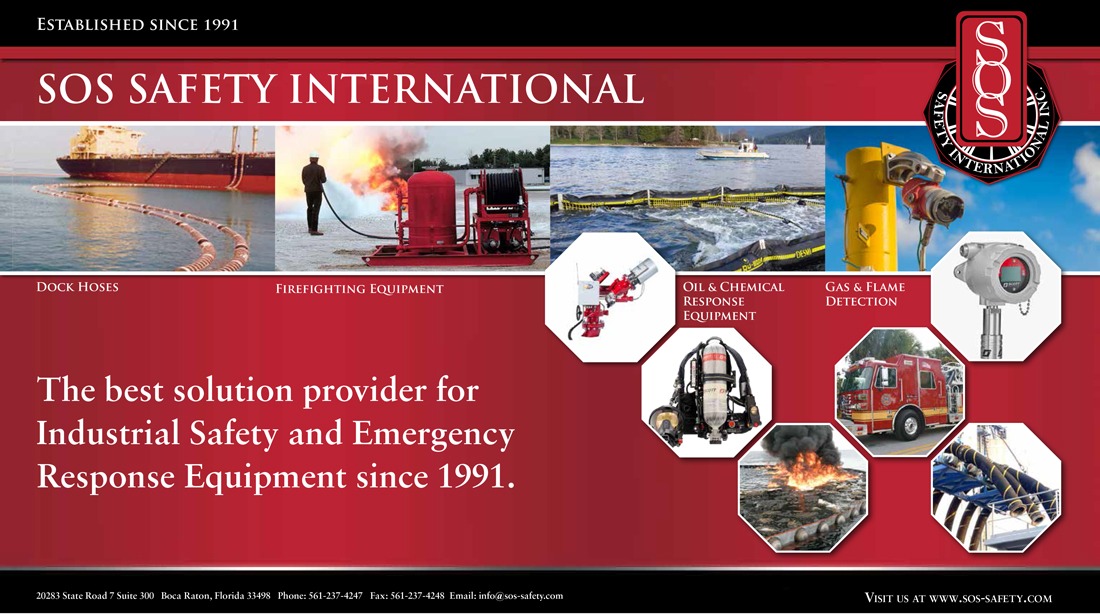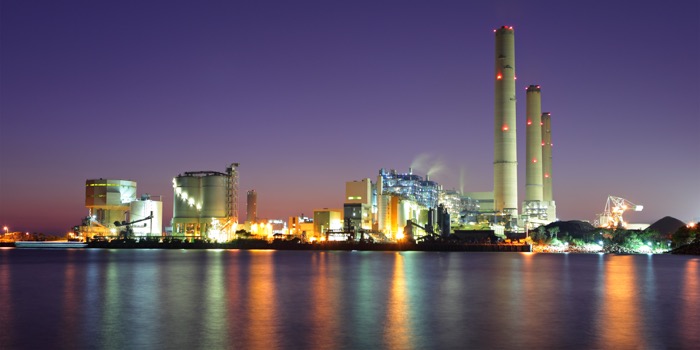2020 could mark the start of a downcycle for China’s petrochemical industry, predict analysts.
A supply overhang has already hit the country’s paraxylene (PX) market, with olefins and polyolefins markets almost certain to face the same.
China is the biggest petrochemical-producing country in the world. Its position as top producer will strengthen with massive investment in the olefins and aromatics chains, driven by demand growth and support from the government.
Wood Mackenzie Senior consulting manager Kelly Cui said: “In 2020, China will see a wave of new capacity coming online from some mega refinery and petrochemical complexes. This supply surge, coupled with a weakening economy, will create severe challenges for China’s petrochemical market. We expect chemical commodity prices to fall further and production margins will continue to be squeezed.”
China will add 5.8 million tonnes per annum (Mtpa) of ethylene and 5.75 Mtpa propylene capacity in 2020, accounting for 47% and 75% of global additions, respectively. China’s ethylene capacity addition in 2020 will equate to 57% of South Korea’s total ethylene capacity and 85% of Japan’s total capacity.
Pressured by the supply surge, China olefins operating rates will be forced down in 2020. We expect ethylene operating rates to drop from 96% in 2019 to 87% in 2020, while propylene will drop from 82% to around 80%. China’s olefins industry will start to enter a downcycle from 2020.
Cui added: “The opening up of foreign investment and the relaxation of crude oil import licences and quota to Chinese private companies have brought on more capacity to the olefins sector. Demand, on the other hand, is expected to remain stable in 2020. This means the market will become more complicated and volatile.”
In 2019, naphtha-based ethylene margins reached their lowest since 2014, averaging US$313/t. Although the 2019 average margin does not appear to be so tight, the market has been in a transition period since Q4 2019 when the ethylene market price dropped below US$800/t. This level has already hit some production cost lines, forcing some producers to cut their operating rates to stabilise the market. In 2020, Wood Mackenzie expects the average ethylene price and margins to drop further.
Weak global economic growth, the US-China trade war, a decrease in automobile production and a booming e-commerce industry influenced China’s polyolefins market last year. The country’s polyethylene and polypropylene incremental growth captured 69% and 61% of total global polyethylene and polypropylene incremental demand, respectively.
But robust domestic demand and a weak export market forged different demand patterns between polyethylene and polypropylene last year.
Senior consultant William Liu said: “We expect polyethylene, benefiting from the ecommerce boom, to achieve a higher-than-GDP growth rate for 2019, at around 7.5%. However, polypropylene demand, impacted by weak global economic growth and automobile production, is expected to have grown at 5.9%, just below the GDP growth rate.”
2019 saw an increase in polyethylene volumes from Asia ex-China clearly reflecting international manufacturers swapping cargoes. The trade war has reshaped the mutual polyethylene trade pattern. HDPE and LLDPE, which are subject to 25% tariffs, have seen their import volumes decrease by 78% and 57%, respectively. Meanwhile, the import volume of LDPE, which has escaped tariffs, has increased by 88%.
Liu added: “Although we expect healthy polyethylene demand in 2020, the capacity addition is outpacing demand, which will cause market imbalance. The overcapacity may weigh on operation rates. What is making market sentiment worse is that it is just the beginning of the overcapacity cycle. Meanwhile, polypropylene is facing a more severe market. Slower demand growth dragged down by raffia, automobile and home appliances, coupled with new capacity additions will dampen operation rates significantly.”
The paraxylene (PX) market experienced turbulence in 2019. Market supply is lengthening at an unprecedented pace as some of the world’s largest PX buyers have started to operate their own world-scale PX assets. The PX-naphtha spread has more than halved in the past year, and some producers in the region are struggling with negative production margins.
Consultant Arthur Luo said: “We do not expect market fundamentals to improve and it will likely worsen in 2020, as more capacity prepares for start-up. Even more projects are also in the pipeline over the next five years.”
In 2019, PX capacity increased by 36% year-on-year to 17.2 Mtpa, while production also increased by 30% to 13 Mtpa. In 2018, exceptional downstream demand growth drove China’s overall utilisation rate up to 80%. But in 2019, utilisation rates dropped to 76%, as new producers stabilised their mega plants, and some existing producers scaled back production. Wood Mackenzie expects domestic PX capacity to grow by another 5 Mtpa in 2020.
“Newcomers to the PX market are expected to face a slowdown in the downstream polyester market. We expect consumption growth to moderate to 9% in 2019 and to slow down further to 4.6% in 2020. Additional capacity will weigh on margins and depress the overall PX utilisation rate towards 70%,” Luo said.
Cui added: “Asset rationalisation, not just in China but also other parts of Asia, will need to happen to help markets to rebalance and allow production margins to recover.”
For more information visit www.woodmac.com




















